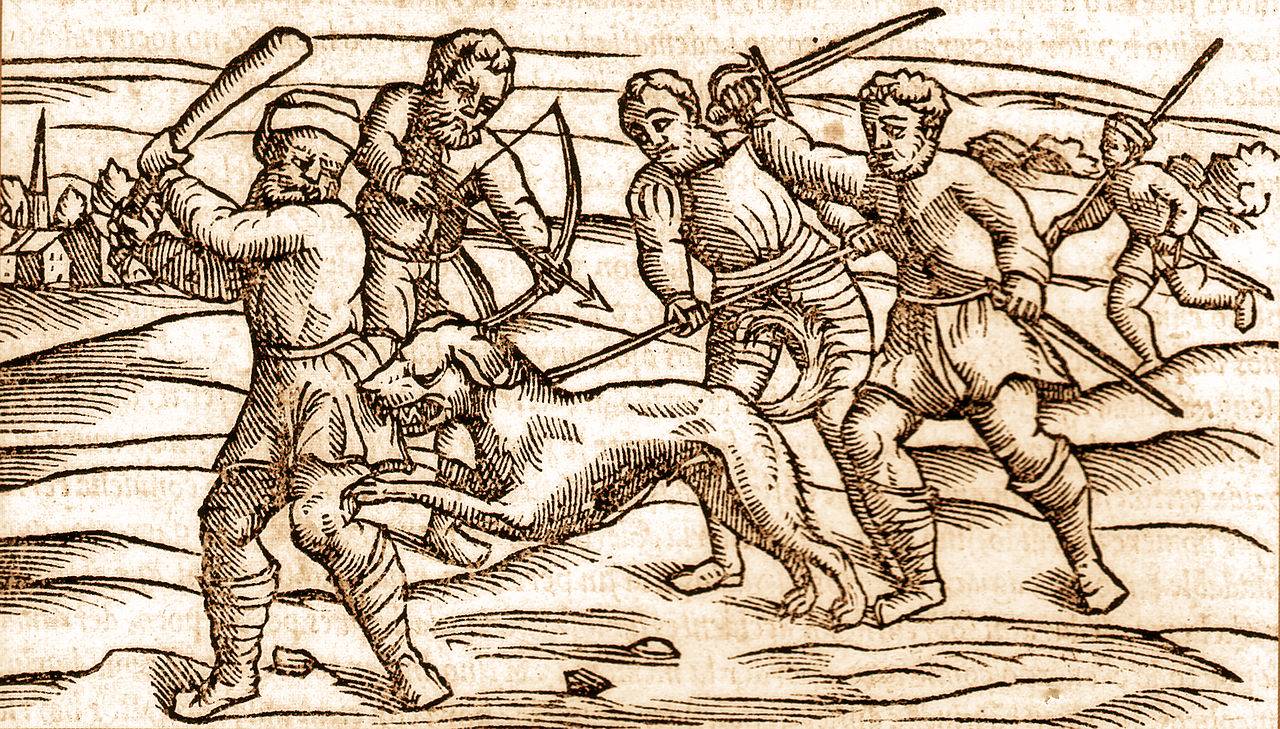

Only quick reflexes allowed the young man to close it just as the devil’s snout broached the threshold. But nearly a half hour later, when they opened the door again, the fox lay in wait it sprinted toward the opening.

Walking from their car, they were set upon by a gray fox they managed to rush inside their home and close the door.

Sometimes they will even attempt a home invasion, as one young couple in the Adirondack hamlet of Lake George, New York, learned on an April evening just a few years ago. By way of introduction to their subject, on page 2 they recount an incident that occurred right here in Ketchum’s own neck of the woods in order to describe how seemingly “meek woodland creatures” can be transformed by the rabies virus into “bewilderingly avid attackers”: Rabid: A Cultural History of the World’s Most Diabolical Virus, by Bill Wasik and Monica MurphyĪvailable at Amazon and other book vendorsĪs skilled and informed storytellers, they waste no time in drawing the reader into their chilling narrative.

Together they have put together the definitive “biography” of the rabies pathogen. Wasik is a magazine editor who writes about science and technology while Murphy is a veterinarian with a degree in public health. The authors, a husband-and-wife team, are eminently qualified to write such a book. It is at once fascinating and terrifying. Though shelved in the non-fiction area of your library or bookstore, Rabid spins a series of tales and observations that could have come from the fictional horror story pen of Stephen King. (The few others that even come close include leprosy and polio.) This is an accurate descriptive for truly, few diseases known to humanity have branded themselves into our collective psyche and culture so widely, so deeply, and for so long and as something not merely organically deadly but infernally so, and thus profoundly to be feared. Note that it identifies itself not as a general or scientific history, but as a “cultural” one. The full subtitle of this book neatly encapsulates its theme and tone: A Cultural History of the World’s Most Diabolical Virus.


 0 kommentar(er)
0 kommentar(er)
